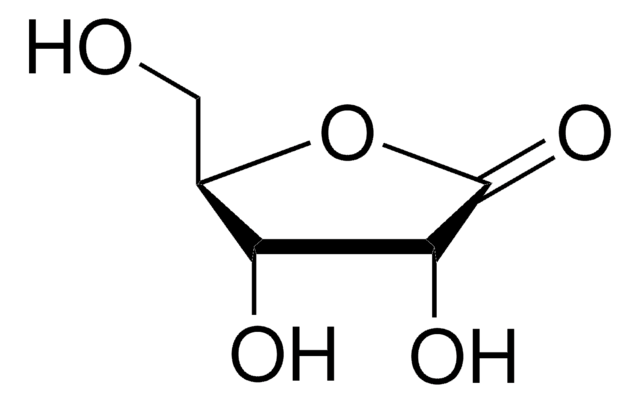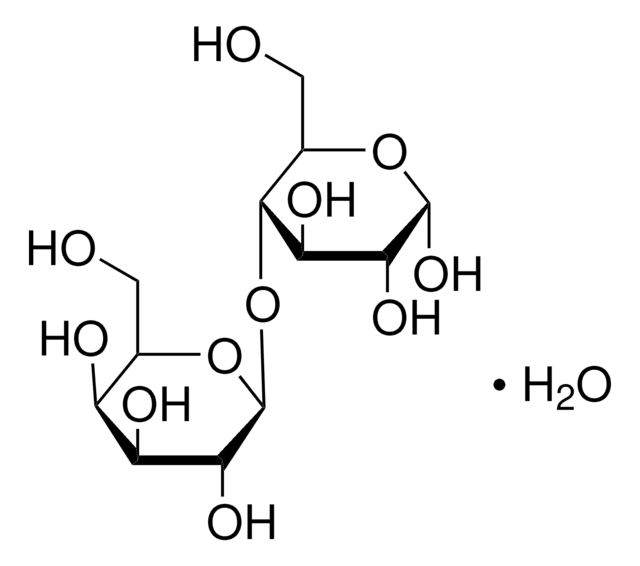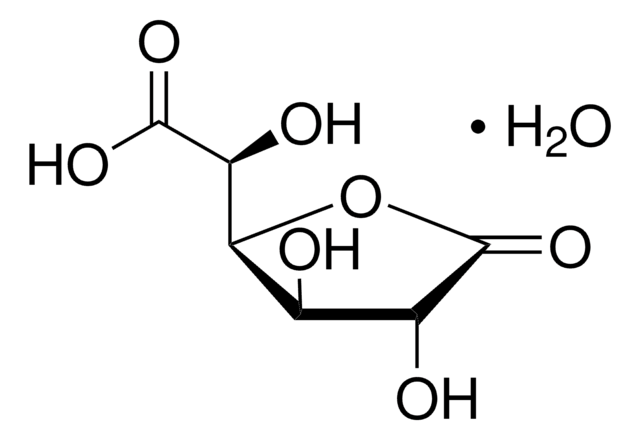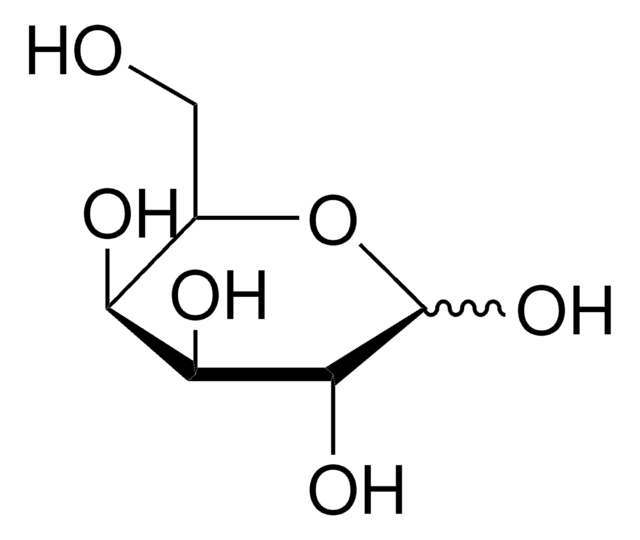SRP3119
NANOG human
recombinant, expressed in E. coli, ≥98% (SDS-PAGE), ≥98% (HPLC), suitable for cell culture
Sign Into View Organizational & Contract Pricing
Select a Size
100 MG
₹8,987.00
500 MG
₹35,530.00
₹8,987.00
Please contact Customer Service for Availability
Select a Size
Change View
100 MG
₹8,987.00
500 MG
₹35,530.00
About This Item
UNSPSC Code:
12352202
NACRES:
NA.32
₹8,987.00
Please contact Customer Service for Availability
Recommended Products
biological source
human
recombinant
expressed in E. coli
Assay
≥98% (HPLC)
≥98% (SDS-PAGE)
form
lyophilized
mol wt
34.5 kDa
packaging
pkg of 20 μg
technique(s)
cell culture | mammalian: suitable
impurities
<0.1 EU/μg endotoxin, tested
color
white to off-white
UniProt accession no.
General description
NANOG gene is localized to human chromosome 12p13.31 and has multiple pseudogenes. This gene is composed of four exons, three introns, and a 915bp open reading frame (ORF). The encoded protein was first discovered in ESCs (embryonic stem cells) and is a divergent homeobox domain protein.[1][2] NANOG protein is composed of 305 amino acids and a central homeodomain (HD). This HD is composed of an unstructured N-terminal arm, a bundle of three α-helices (H1–H3) interlinked by loops.[3]
Recombinant human Nanog is a 34.7kDa protein, which is synthesized as a 304 amino acid polypeptide lacking a signal sequence for secretion.
Recombinant human Nanog is a 34.7kDa protein, which is synthesized as a 304 amino acid polypeptide lacking a signal sequence for secretion.
Biochem/physiol Actions
NANOG is one of the central genes regulating self-renewal and pluripotency capacities of embryonic stem cells (ESC). Constitutive expression of this gene prevents the differentiation of ESCs, and along with SOX2 (SRY-box 4) and OCT-4 (octamer-binding transcription factor 4), it regulates pluripotency-related gene expression and maintains the pluripotency of ESCs. During ESC differentiation both these genes are down-regulated, and gene profiling shows that the expression of NANOG is uniformly high in ESC lines. There is significant similarity between ESC and carcinoma in situ testis (CIS), including the high expression of NANOG. It is novel marker for testicular CIS and germ cell tumors. NANOG shows abnormal expression in a variety of human cancers, such as carcinomas of the brain, oral cavity, head and neck, breast, lung, liver, pancreas, kidney, gastric, cervix, ovary, prostate, and colon. This expression is also related to treatment resistance and poor survival of cancer patients.[1][2]
Sequence
SVDPACPQSL PCFEASDCKE SSPMPVICGP EENYPSLQMS SAEMPHTETV SPLPSSMDLL IQDSPDSSTS PKGKQPTSAE NSVAKKEDKV PVKKQKTRTV FSSTQLCVLN DRFQRQKYLS LQQMQELSNI LNLSYKQVKT WFQNQRMKSK RWQKNNWPKN SNGVTQKASA PTYPSLYSSY HQGCLVNPTG NLPMWSNQTW NNSTWSNQTQ NIQSWSNHSW NTQTWCTQSW NNQAWNSPFY NCGEESLQSC MQFQPNSPAS DLEAALEAAG EGLNVIQQTT RYFSTPQTMD LFLNYSMNMQ PEDV
Physical form
Lyophilized with 10 mM Acetic Acid.
Reconstitution
Centrifuge the vial prior to opening. Reconstitute in water to a concentration of 0.1-1.0 mg/ml. Do not vortex. This solution can be stored at 2-8°C for up to 1 week. For extended storage, it is recommended to further dilute in a buffer containing a carrier protein (example 0.1% BSA) and store in working aliquots at -20°C to -80°C.
Signal Word
Warning
Hazard Statements
Precautionary Statements
Hazard Classifications
Eye Irrit. 2 - Skin Irrit. 2
Storage Class Code
11 - Combustible Solids
WGK
WGK 3
Flash Point(F)
Not applicable
Flash Point(C)
Not applicable
Choose from one of the most recent versions:
Certificates of Analysis (COA)
Lot/Batch Number
Don't see the Right Version?
If you require a particular version, you can look up a specific certificate by the Lot or Batch number.
Already Own This Product?
Find documentation for the products that you have recently purchased in the Document Library.
María del Carmen Córdoba-Pedregosa et al.
Journal of experimental botany, 56(412), 685-694 (2004-12-08)
Onions (Allium cepa L.) treated with external ascorbic acid or with the immediate precursor of its synthesis L-galactono-gamma-lactone show a stimulated elongation rate of the roots and an increase in the number of new radicles appearing at the bulb base.
Yongshun Gao et al.
Journal of experimental botany, 62(10), 3647-3657 (2011-03-23)
Ascorbate (AsA) is a redox buffer and enzyme cofactor with various proposed functions in stress responses and growth. The aim was to identify genes whose transcript levels respond to changes in leaf AsA. The AsA-deficient Arabidopsis mutant vtc2-1 was incubated
J Leipner et al.
Planta, 210(6), 964-969 (2000-06-29)
Infiltrating detached maize (Zea mays L.) leaves with L-galactono-1,4-lactone (L-GAL) resulted in a 4-fold increase in the content of leaf ascorbate. Upon exposure to high irradiance (1000 mumol photons m-2 s-1) at 5 degrees C, L-GAL leaves de-epoxidized the xanthophyll-cycle
C M Spickett et al.
Free radical biology & medicine, 28(2), 183-192 (2001-04-03)
This study investigated the ability of the yeast Saccharomyces cerevisiae to synthesize ascorbate and its 5-carbon analogue erythroascorbate from a variety of precursors, and their importance as antioxidants in this organism. Studies of ascorbate and analogues in micro-organisms have been
Vincent R Franceschi et al.
Plant physiology, 130(2), 649-656 (2002-10-12)
L-Ascorbic acid (AsA) was found to be loaded into phloem of source leaves and transported to sink tissues. When L-[(14)C]AsA was applied to leaves of intact plants of three different species, autoradiographs and HPLC analysis demonstrated that AsA was accumulated
Our team of scientists has experience in all areas of research including Life Science, Material Science, Chemical Synthesis, Chromatography, Analytical and many others.
Contact Technical Service








